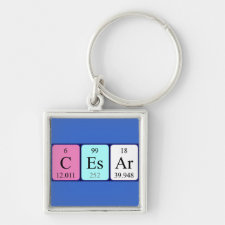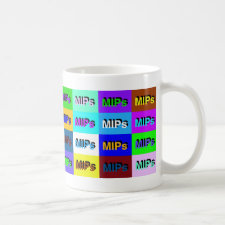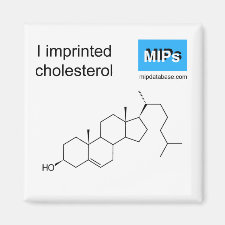
Authors: Clausen DN, Pires IMR, Tarley CRT
Article Title: Improved selective cholesterol adsorption by molecularly imprinted poly(methacrylic acid)/silica (PMAA-SiO2) hybrid material synthesized with different molar ratios.
Publication date: 2014
Journal: Materials Science and Engineering: C
Volume: 44
Page numbers: 99-108.
DOI: 10.1016/j.msec.2014.08.008
Alternative URL: http://www.sciencedirect.com/science/article/pii/S0928493114004937
Abstract: The present paper describes the synthesis of molecularly imprinted polymer - poly(methacrylic acid)/silica and reports its performance feasibility with desired adsorption capacity and selectivity for cholesterol extraction. Two imprinted hybrid materials were synthesized at different methacrylic acid (MAA)/tetraethoxysilane (TEOS) molar ratios (6:1 and 1:5) and characterized by FT-IR, TGA, SEM and textural data. Cholesterol adsorption on hybrid materials took place preferably in apolar solvent medium, especially in chloroform. From the kinetic data, the equilibrium time was reached quickly, being 12 and 20 min for the polymers synthesized at MAA/TEOS molar ratio of 6:1 and 1:5, respectively. The pseudo-second-order model provided the best fit for cholesterol adsorption on polymers, confirming the chemical nature of the adsorption process, while the dual-site Langmuir-Freundlich equation presented the best fit to the experimental data, suggesting the existence of two kinds of adsorption sites on both polymers. The maximum adsorption capacities obtained for the polymers synthesized at MAA/TEOS molar ratios of 6:1 and 1:5 were found to be 214.8 and 166.4 mg g-1, respectively. The results from isotherm data also indicated higher adsorption capacity for both imprinted polymers regarding to corresponding non-imprinted polymers. Nevertheless, taking into account the retention parameters and selectivity of cholesterol in the presence of structurally analogue compounds (5-α-cholestane and 7-dehydrocholesterol), it was observed that the polymer synthesized at the MAA/TEOS molar ratio of 6:1 was much more selective for cholesterol than the one prepared at the ratio of 1:5, thus suggesting that selective binding sites ascribed to the carboxyl group from MAA play a central role in the imprinting effect created on MIP
Template and target information: cholesterol
Author keywords: Organic-inorganic polymer, methacrylic acid, silica, Kinetic, isotherm



Join the Society for Molecular Imprinting

New items RSS feed
Sign-up for e-mail updates:
Choose between receiving an occasional newsletter or more frequent e-mail alerts.
Click here to go to the sign-up page.
Is your name elemental or peptidic? Enter your name and find out by clicking either of the buttons below!
Other products you may like:
 MIPdatabase
MIPdatabase









